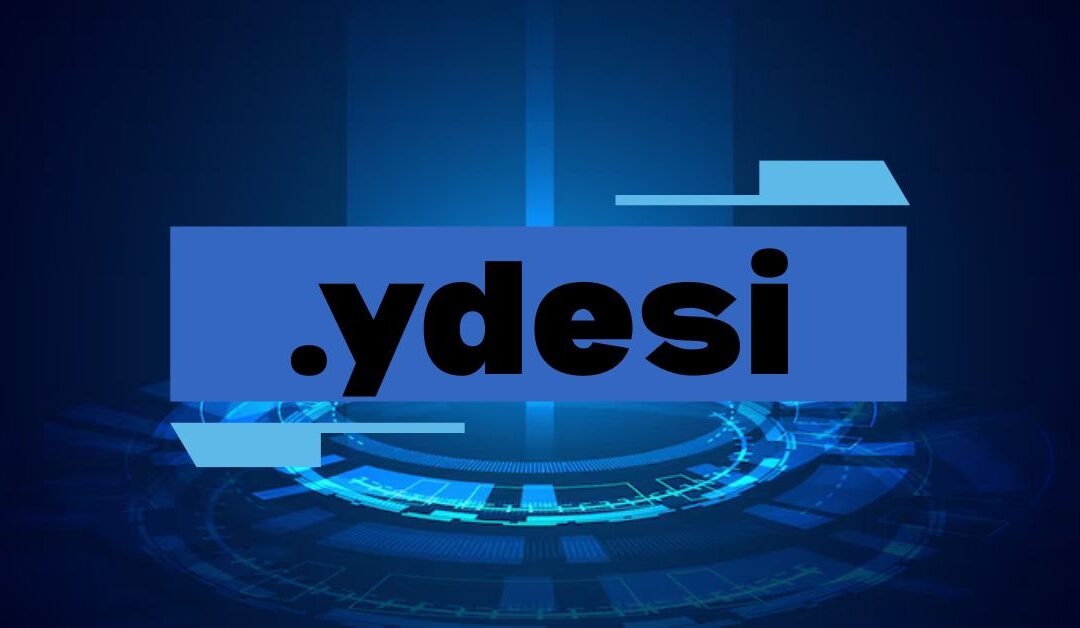In the ever-evolving landscape of digital file formats, a newcomer or a less commonly encountered extension can often spark curiosity and the need for understanding. The “.ydesi” file extension is one such enigma. Unlike the ubiquitous .doc or .jpg, .ydesi files are not part of everyday digital interactions for most users. This article aims to delve into the available information surrounding the .ydesi file format, exploring its potential origins, associated software, and its significance in the digital world.
Based on the limited information available, the “.ydesi” extension appears to be linked to a specific software or platform, potentially within a niche area. It’s crucial to acknowledge that without extensive official documentation or widespread use, pinpointing its exact nature can be challenging. However, by examining the context in which it appears, we can begin to piece together a potential understanding.
One significant clue arises from recent discussions surrounding the domain name “.desi”. This top-level domain (TLD) was intended to serve the South Asian diaspora, with “desi” being a term derived from Sanskrit meaning “one from our country.” While the .desi TLD itself was terminated in October 2023, its existence suggests a digital space catering to a specific cultural and linguistic community.
Interestingly, a recent article on “The Bigger” website, dated April 22, 2025, titled “.ydesi: The Emerging Digital Identity for the South Asian Community,” directly links the .ydesi file extension to this context. The article posits that .ydesi could represent a “digital identity” for the South Asian community online. However, it’s important to note that this interpretation is speculative and lacks concrete technical backing at this time.
Another potential association, albeit seemingly unrelated, comes from the realm of telephone labeling software. A program called “DESI Labeling Software” exists, designed for creating printable labels for telephones. While the software itself doesn’t explicitly mention a “.ydesi” file format, the acronym “DESI” appears in its name, which could be a coincidence or a subtle link worth noting. This software allows users to import graphics and save up to 20 labels in a file, but the specific file format used is not detailed as “.ydesi” in the available descriptions.
Furthermore, the yEd graph editor, a tool for creating diagrams, utilizes a variety of file formats for saving and exporting graphs. While its standard format is “.graphml,” it supports other formats like “.ygf” and “.gml.” “.ydesi” is not listed as one of the standard or alternative graph formats for yEd.
Considering these disparate pieces of information, it’s plausible that the “.ydesi” file format is:
- A proprietary format: Developed for a specific software application, possibly related to the now-defunct “.desi” domain or a tool aimed at the South Asian community.
- A specialized data file: Containing specific types of information relevant to its associated software, such as configuration settings, templates, or user-specific data.
- An identifier or link: As suggested by the “digital identity” concept, a .ydesi file might not contain extensive data itself but could serve as a key or link to an online profile or identity within a specific platform.
Software and Conversion:
Due to the likely proprietary nature of the .ydesi format, standard file viewers or converters are unlikely to recognize or handle these files without the specific associated software. If a user encounters a .ydesi file, the primary course of action would be to identify the software that created it. This might involve:
- Examining the source: Where did the file originate? Was it downloaded from a specific website or received from a particular application?
- Looking for associated programs: If the file is on a computer, are there any recently installed or frequently used programs that might be related?
Once the associated software is identified, it should provide the necessary functionality to open, view, and potentially export the data in a more common format if needed.
The “Digital Identity” Angle:
The idea of .ydesi representing a digital identity for the South Asian community is intriguing but requires further substantiation. In the current digital landscape, digital identities are typically managed through established protocols and platforms, often involving standardized data formats. For .ydesi to function as a widespread digital identity, it would necessitate a dedicated system for creation, management, and interoperability, which is not evident from the currently available information.
It’s possible that the “.ydesi” file, in this context, could be a small file containing specific identifiers or links that authenticate or associate a user with a particular online presence or service tailored for the South Asian community. This would align with the idea of a “digital key” rather than a comprehensive data container.
Conclusion:
The .ydesi file format remains somewhat of a digital mystery based on the currently available information. While potential links to the “.desi” domain and speculative notions of a “digital identity” for the South Asian community exist, concrete technical details about its structure and associated software are scarce. The possibility of it being a proprietary format for a niche application, such as telephone labeling software or a yet-to-be-widely-adopted platform, seems more plausible.
For users encountering .ydesi files, the key lies in identifying the originating software. Without this context, opening, viewing, or converting these files will likely be impossible using standard tools. As the digital landscape continues to evolve, further information may emerge to shed more light on the true nature and purpose of the enigmatic .ydesi file. Until then, it serves as a reminder of the vast and often undocumented corners of the digital world.


